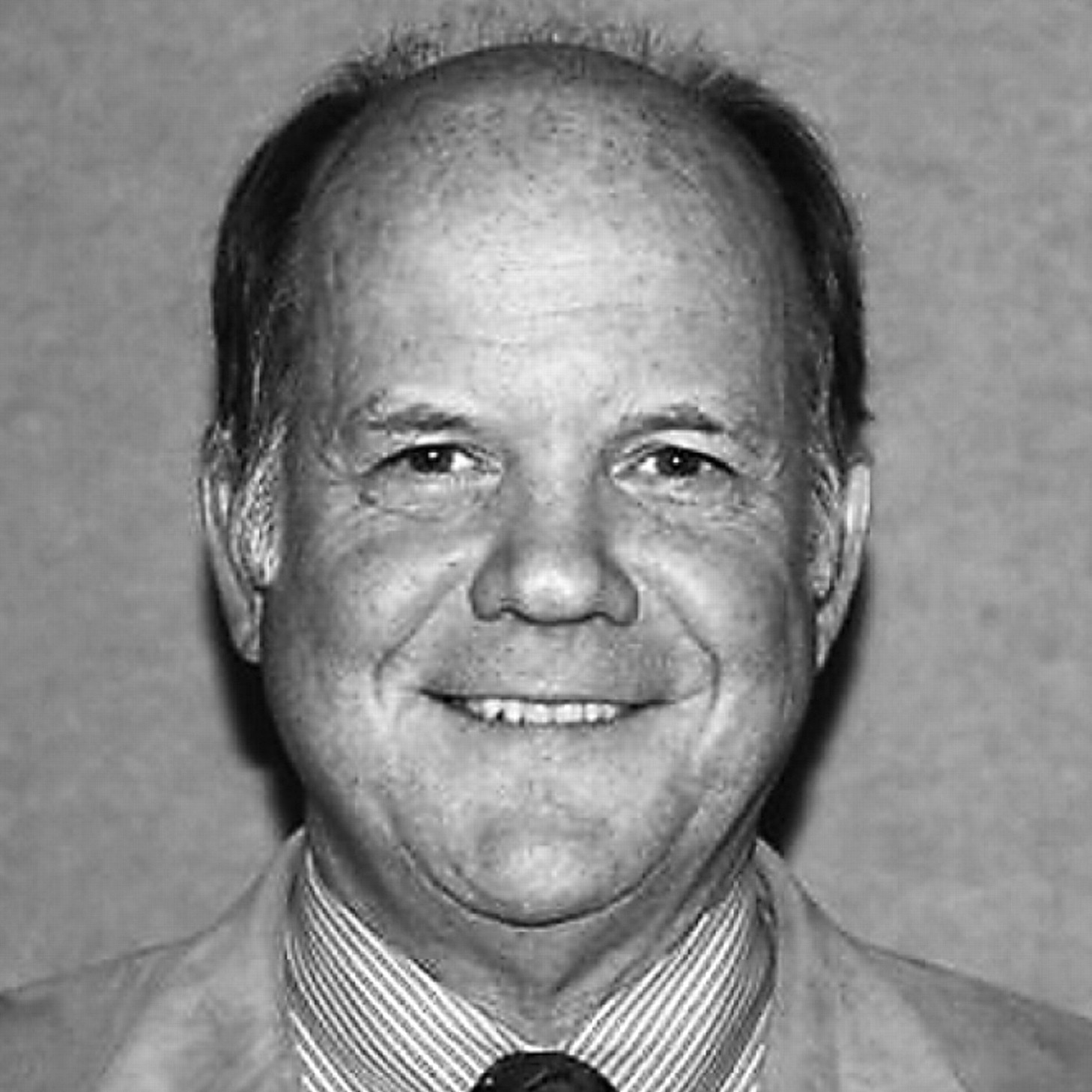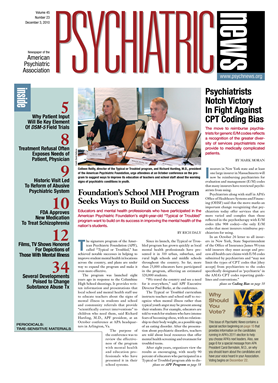We are faced with critical challenges, underfunding of services, bureaucratic restrictions, and increasingly liberal scopes of practice. All contribute to erosion of proper treatment for our patients and barriers in access to quality care.
In New York we must remain vigilant in sustaining the gains we have made in parity and scope of practice, and speak up on issues such as proper privacy of medical records, the need to fix the Medicare rate formula, and the need to help define the appropriate role of electronic health records. At the same time we expand and refine our electronic communication abilities, we need to provide greater personal outreach to members in the field and impart to training directors and early career psychiatrists the importance of psychiatrists' active involvement on behalf of our patients. This includes strengthening liaisons with the AMA, state medical societies, and advocacy groups. In New York, a strong alliance with the medical society has helped us to avoid intrusions into our scope of practice. To foster recruitment, we must continue to forge alliances with our allied psychiatric groups, consider shared-dues strategies, and be sensitive to the needs of international medical graduates and minority representatives, many of whom serve valiantly in the public sector.
APA has made progress in the prioritization of goals, removal of redundancy in committee and component functions, and the establishment of financial oversight mechanisms that include Assembly input to ensure fiscal responsibility. We must strive to improve communication with and between our Assembly reps and members at large and our executive directors, presidents, and presidents-elect of our district branches. I feel it is important to seek out input from our members and would plan to continue and expand the use of our Area 2 “e-surveys.” I have lobbied in Albany for NYSPA and in Washington, D.C., for APA and serve on the Board of the APA PAC.
At the New York County District Branch, I established the first Task Force on Psychiatry and Nursing Homes, chaired the Committee on Aging for 14 years, and was among the first group of psychiatrists to volunteer services to the homeless. I volunteered at Pier 94 and ground zero with Disaster Psychiatry Outreach following 9/11 and in Louisiana following Katrina, and I coordinate the Assembly liaison representatives to the APA Committee on Psychiatric Dimensions of Disasters. At APA nationally, I currently serve as vice chair of the Steering Committee on Practice Guidelines, am a board member of the newly appointed American Psychiatric Foundation, serve as Area trustee on the APA Board, and have been appointed to the Ad Hoc Work Group on Reserve Planning and to the Task Force to Review DSM-5 Disclosures and Interests.
I have worked with diverse groups to establish consensus; have represented NYSPA as treasurer, vice president, and two terms as president and Area representative; and served on the APA Board of Trustees as speaker-elect and speaker of the Assembly prior to becoming Area 2 Trustee. I would be honored to serve as your Area 2 trustee.
Primary Professional Activities and Sources of Income
Professional Activities
70%—Private practice
30%—Briarcliff Manor, N.Y.
30%—Psychiatrist to residential home for adolescents: Pleasantville Cottage School, Pleasantville, N.Y.
Income
70%—Private Practice
30%—Pleasantville Cottage School

